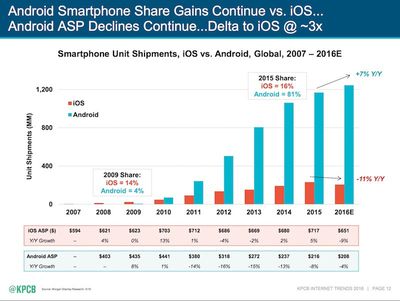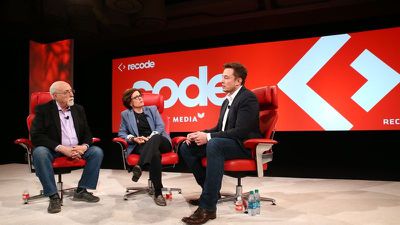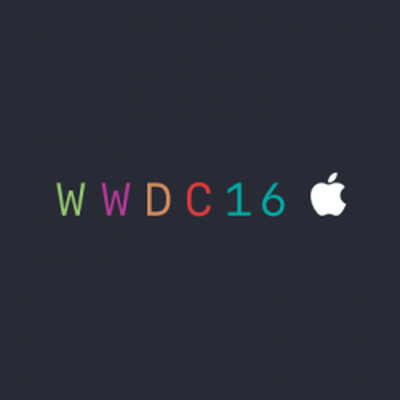While at Re/code's Code Conference this week, Twitter CEO Jack Dorsey commented on a few aspects of the social network's failings in recent years, especially in comparison to the dramatic upswing in popularity other apps, like Snapchat, have seen.
Dorsey mentioned that he believes Snapchat's method of messaging -- which incorporates transient text messages and time-locked photos and videos -- is "very modern," and that at times even he thinks Twitter can be somewhat confusing and alienating to its install base.

His train of thought has been represented in user numbers, recently reported by Bloomberg, that suggest Snapchat has 150 million active users every day, while Twitter has fewer than 140 million. That's an impressive boost to Snapchat, which had just 110 million daily users back in December of 2015.
Twitter has 310 million monthly active users, according to its most recent earnings report. The company doesn’t disclose how many of those people check in daily, but in the third quarter, it said about 44 percent of monthly users are active each day in the service’s top 20 markets. Twitter Chief Financial Officer Anthony Noto said at the time that the percentage had been stable but that “we’ll be sure to disclose” if there was a significant change. The company hasn’t given an update since then. This implies a daily active user count of 136 million.
Of course, the company is constantly moving forward with innovations and changes to its user ruleset, recently announcing plans to drop handles and media attachments from its steadfast 140-character limit. A move to do away with that limit altogether, called "Beyond 140," suggested the company could integrate a way for users to write tweets all the way up to 10,000 characters, but its rumored Q1 2016 launch has long passed.


 Last November, Instagram announced much
Last November, Instagram announced much 









 Apple Pay is seeing a lukewarm reception in many countries outside of the United States and is making just a "small dent" in the global payments market, according to a new report from
Apple Pay is seeing a lukewarm reception in many countries outside of the United States and is making just a "small dent" in the global payments market, according to a new report from  Apple yesterday
Apple yesterday 


 KFC has
KFC has  Apple
Apple  Following a recent report claiming the iPhone 7 will ship with
Following a recent report claiming the iPhone 7 will ship with 











